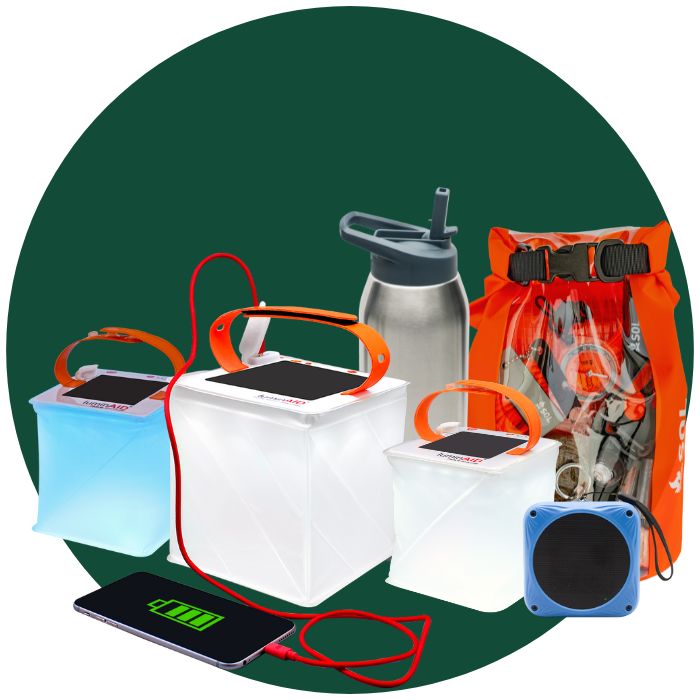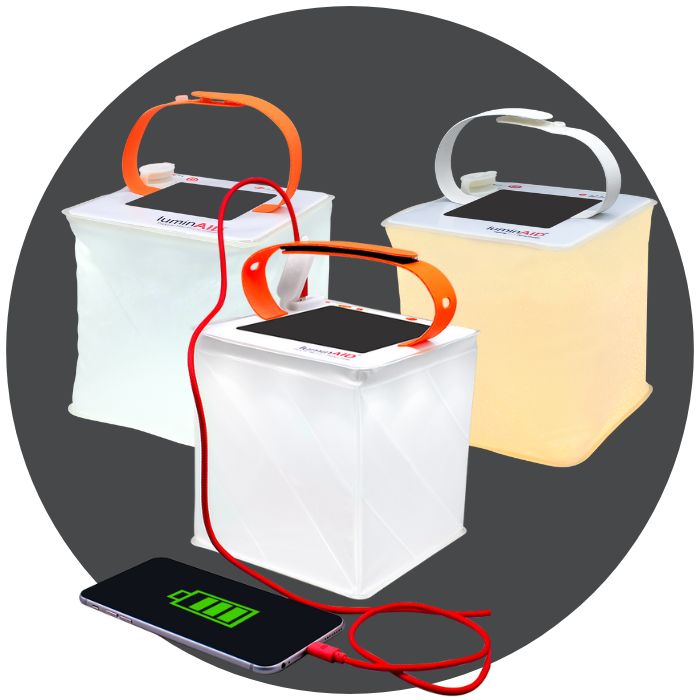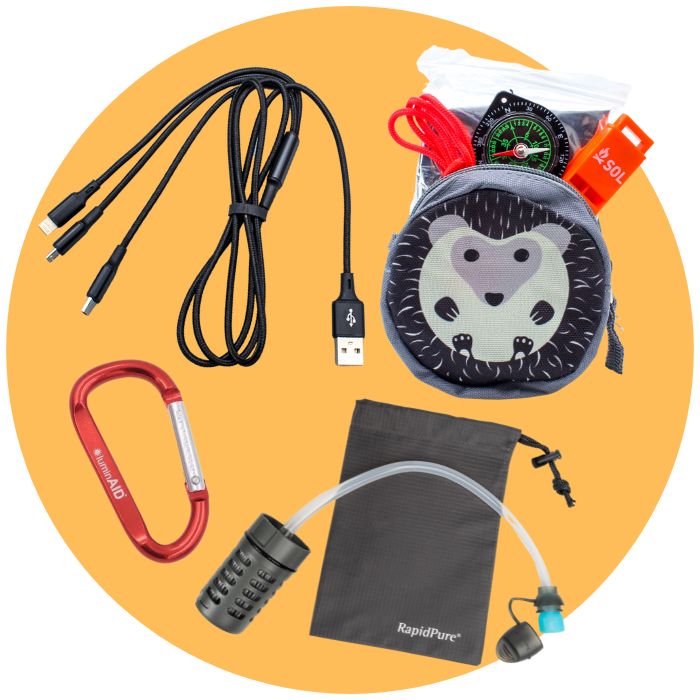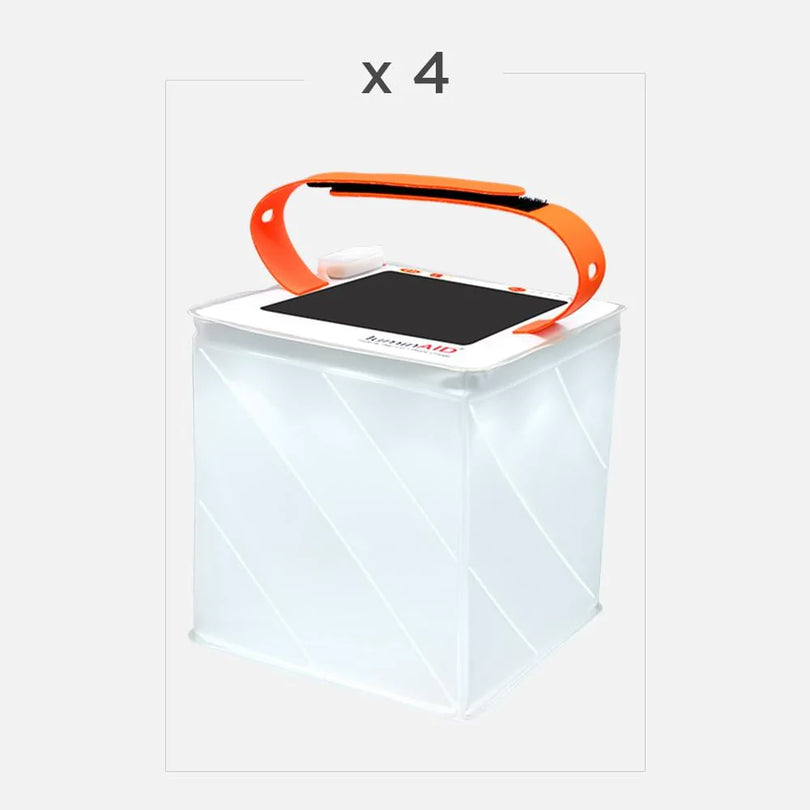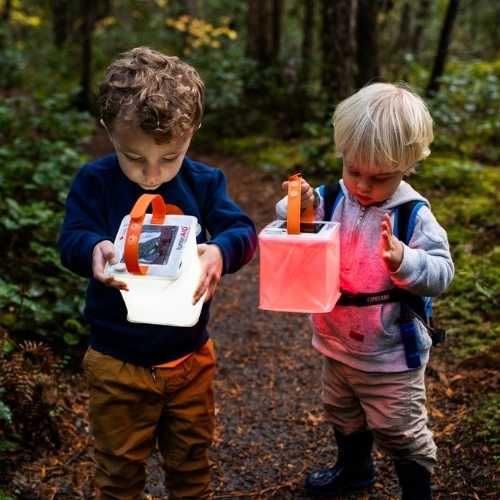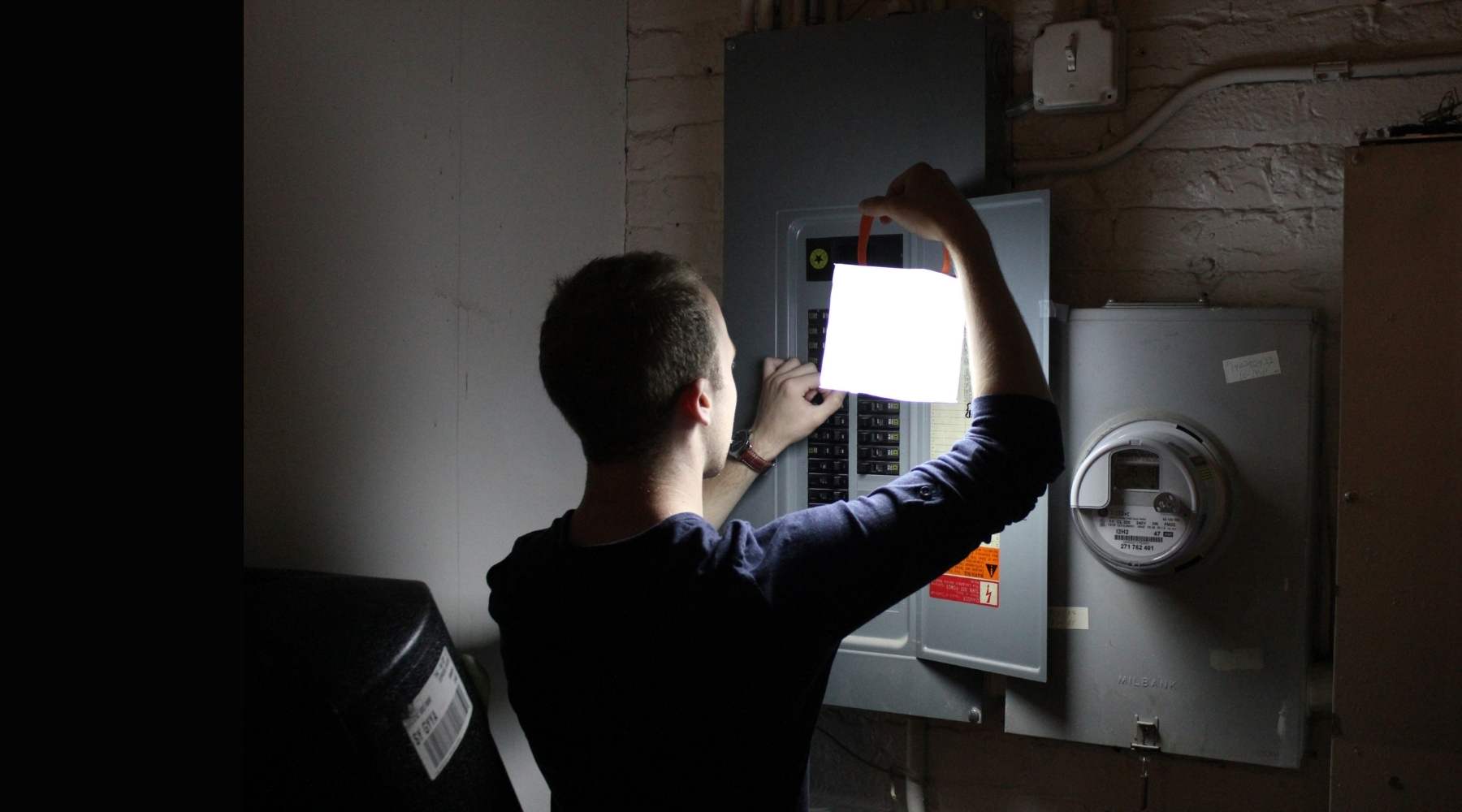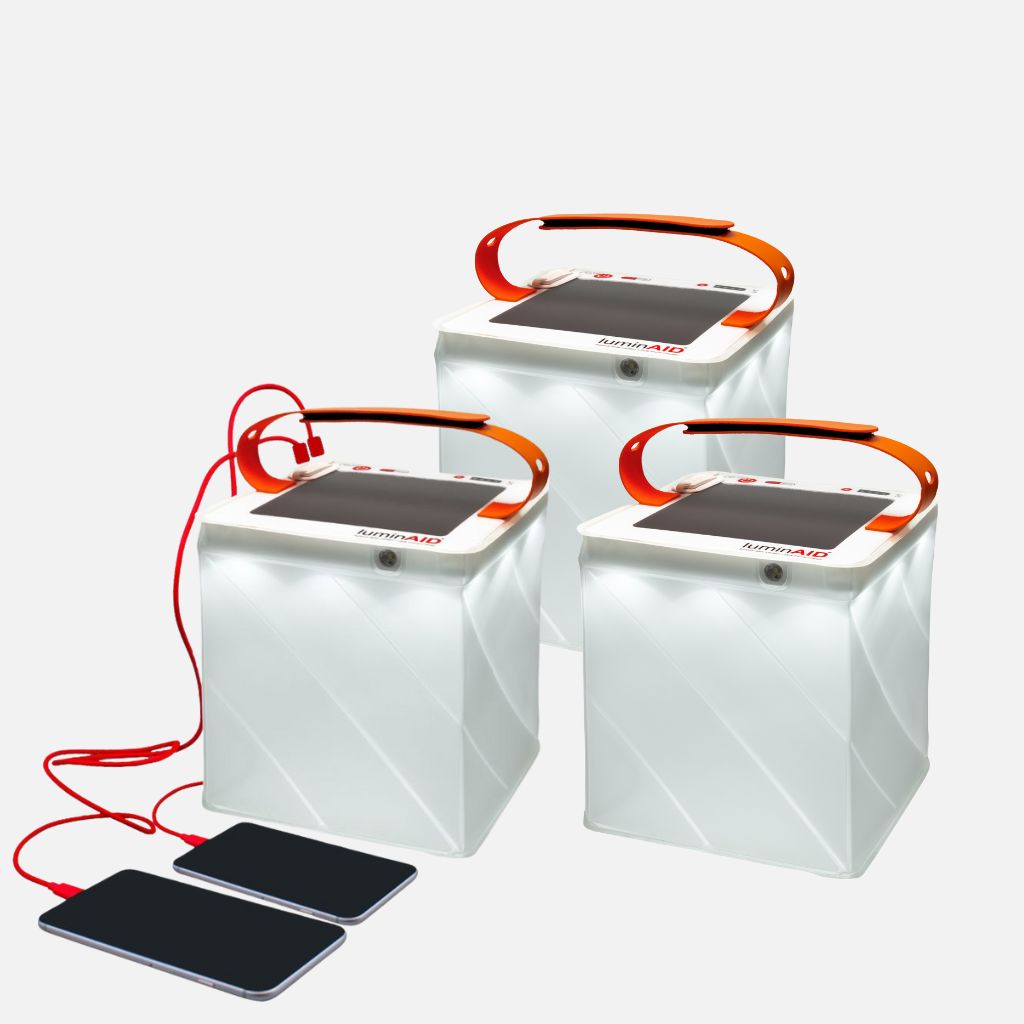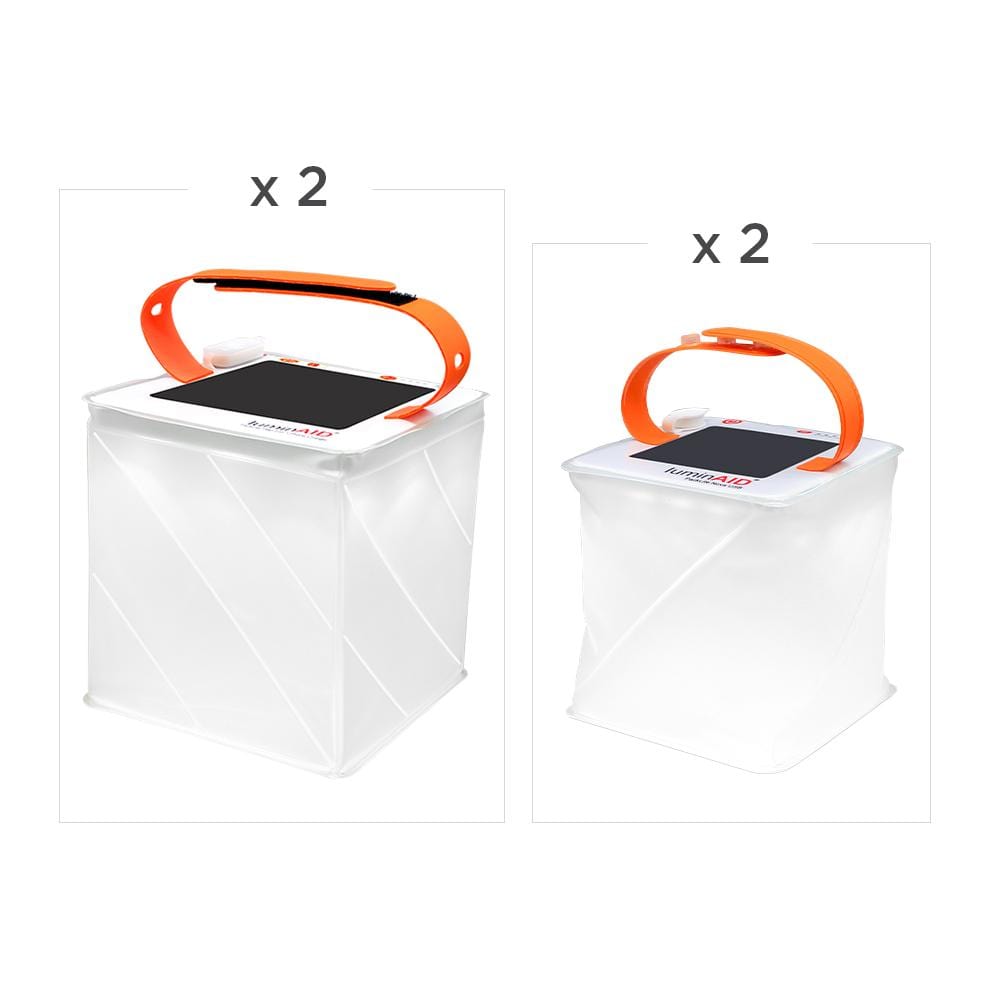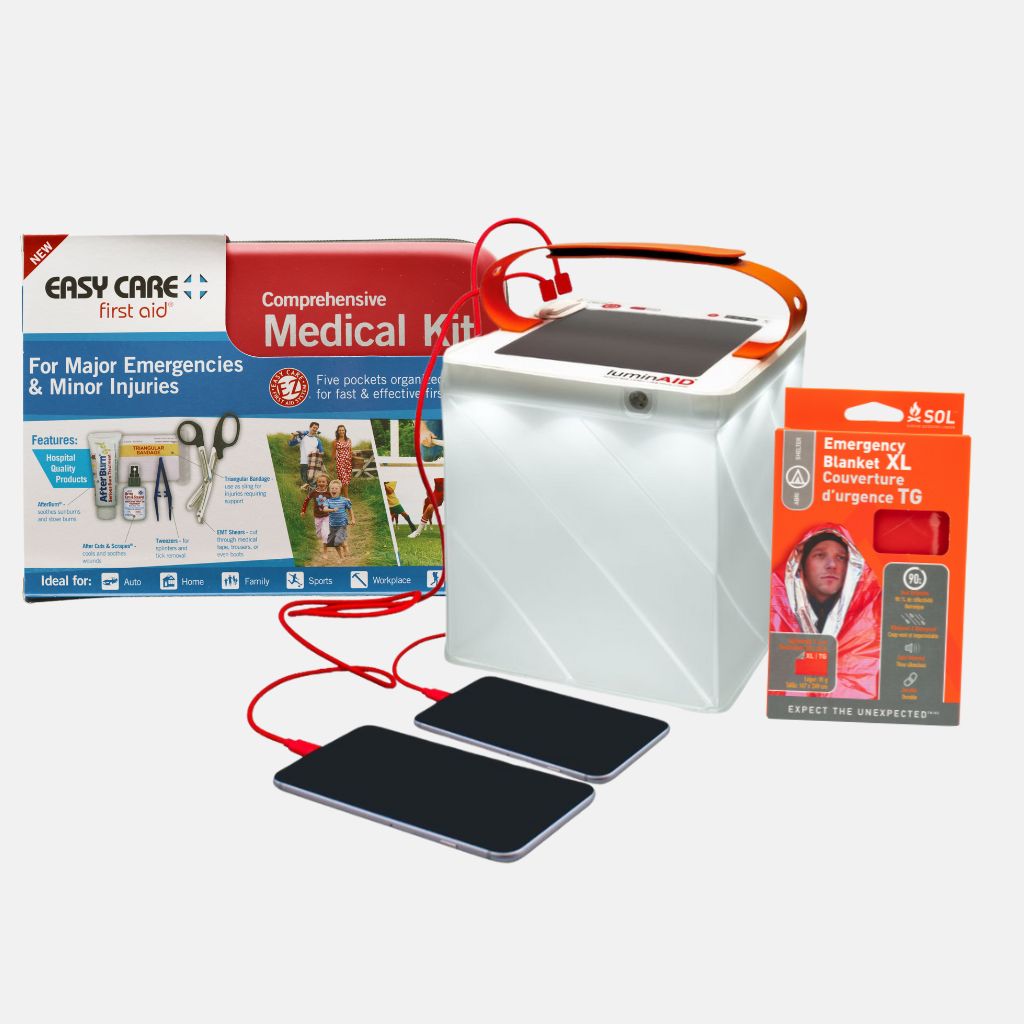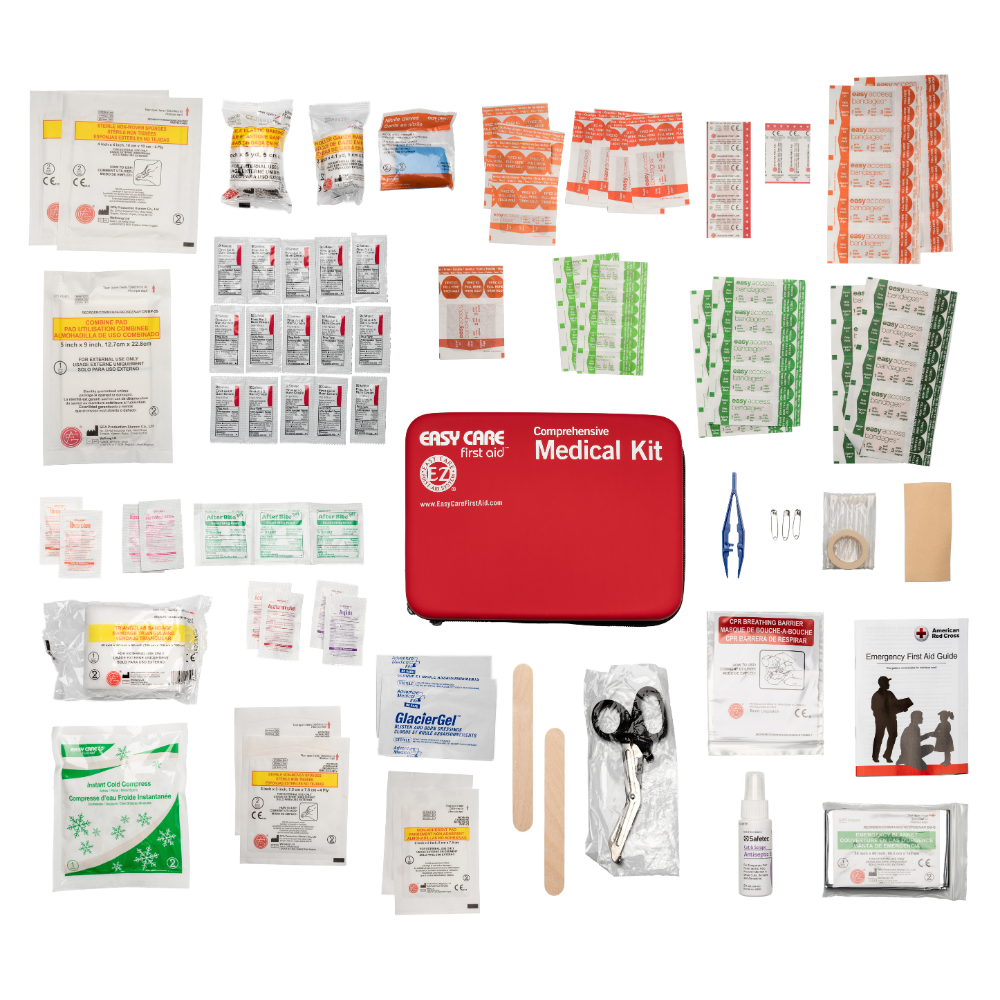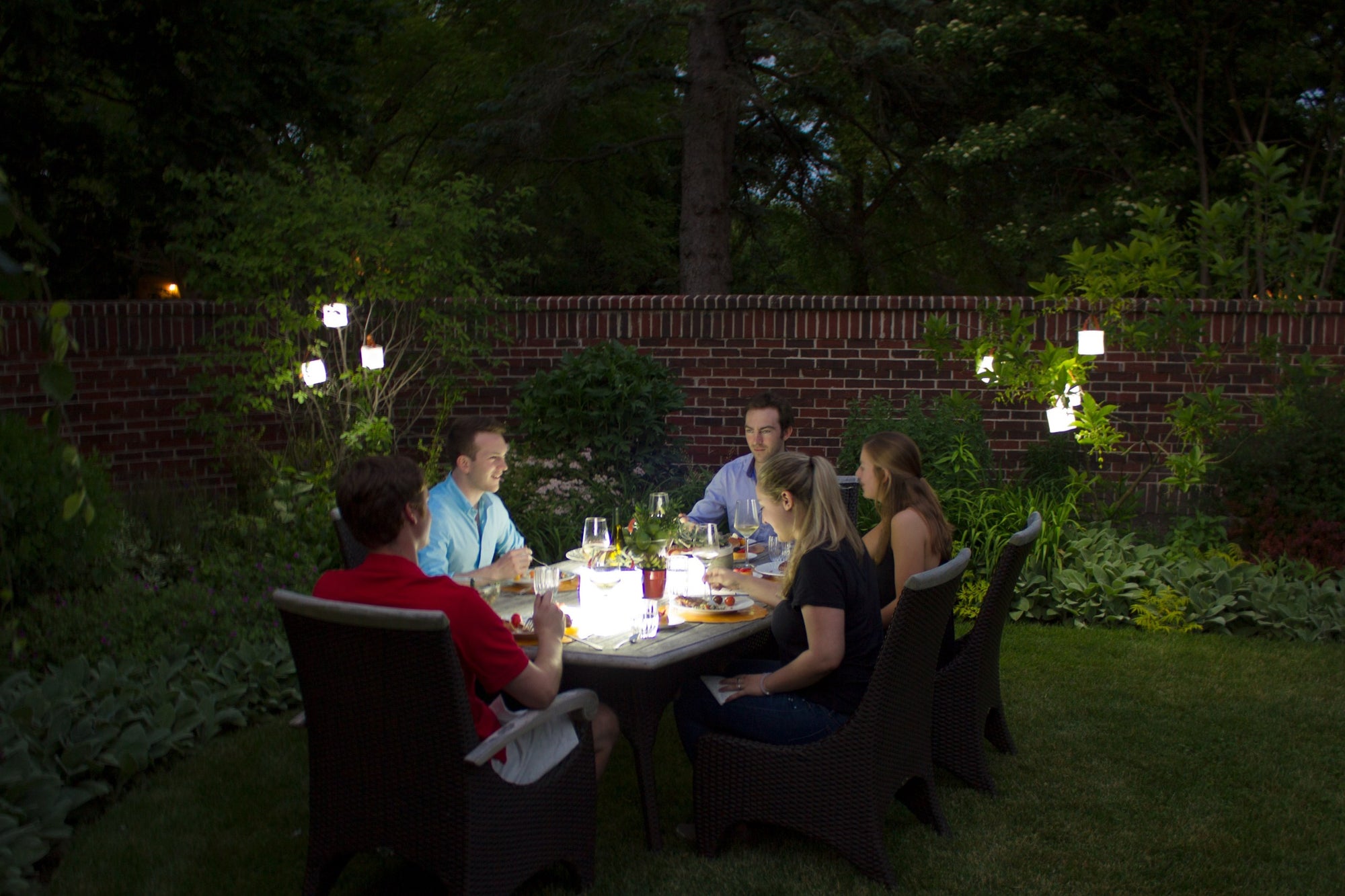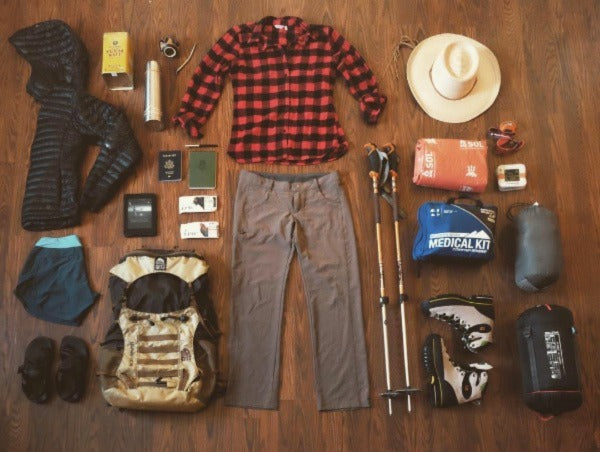What is homesteading?
Although you likely picture something like Little House on the Prairie when you hear the word “homesteading,” the definition of homesteading has changed in recent years. Homesteading is a lifestyle choice characterized by self-sufficiency and sustainability off of your land. This can take many different forms.
This lifestyle choice doesn’t mean you need to spin your own thread or have a large plot of land. Homesteading today is something that you can do anywhere, even in urban areas. If you’re working to increase your self-sustainability and are conscious of your waste, then you’re likely already one step closer to becoming a homesteader yourself!
Why do people homestead?
Some people switch to a homesteading lifestyle out of necessity as the cost of living increases, while others see it as a way to reduce their carbon footprint and become self-sufficient. Often, the image of financial freedom is what drives people to this new lifestyle since they can make goods at home.
Homesteading and self-reliance
It’s a powerful thing knowing you don’t need to rely on others, which is an important characteristic of homesteading. With enough time and knowledge, some homesteaders can make 99% of their food from scratch! This means less grocery shopping and more time spent at home with family. Sustainability and self-sufficiency enthusiasts alike can appreciate the power of self-reliance.
Homesteading origins
Homestead laws were first established by The Homestead Act of 1862, which allowed new citizens to obtain free land from the federal government. The only caveat: they had to live on and improve the land for 5 years. By doing this, there was an accelerated increase in wild homesteading in the Midwestern and Western United States.
Over 1.6 million homestead applications were processed by 1934, which resulted in 270 million acres, or 10 percent, of U.S. land being given to homesteaders.
What is homesteading today?
Currently, farmers and homesteaders only make up two percent of the workforce, and eighty-eight percent of farms are small family-owned businesses. Nowadays, people don’t have 160 acres to use like the original homesteaders, so what does homesteading look like today?
For starters, homesteading has increased in recent years as younger generations are becoming more conscious of their environmental impact. To reduce their carbon footprint, they turn to sustainable and self-sufficient lifestyles, which also helps reduce their cost of living.
Other homesteaders are looking to live a healthier life and escape processed foods, which account for about 70% of food in the United States. Home cooking, growing your own food, and raising livestock are great ways to take control of your diet and live a long life.

DIY Mentality
Having a do-it-yourself mentality is crucial to homesteading. Whether you need to repurpose old appliances, make home repairs, or build a garden bed, a DIY attitude will allow you to get creative and save money. It will give you many new skills, especially for those living in rural and suburban areas.
You can find DIY materials almost anywhere, and the availability of ideas and resources online is limitless.
How to start homesteading
There is no “typical homesteading” or “one-size-fits-all” guide to becoming a modern homesteader, but that’s what’s so great about it. Here are some things to consider when you start your journey.
One thing at a time
Keeping up with the transition can get overwhelming, so remember to take things one step at a time. Finish the project at hand, learn new skills, and get confident in your homesteading skills.
Consider your motivations
Knowing why you want to follow the homesteading path is essential in setting goals and following through with them. This lifestyle requires more effort and can sometimes feel challenging, so make sure you’re clear on your motivations.
Set up your homesteading goals
Now that you know your motivations, it’s time to set goals to satisfy your newfound passion. This will help you stay motivated on your journey and keep track of your progress.
Start with simple activities
When you make your goals, start with smaller projects or things that excite you to build your confidence and skills.
A simple activity that will save you money (and the planet) is to make your own cleaning supplies. Oftentimes, the cleaning chemicals we buy from stores can be harsh and expensive. You can make your own laundry soap, all-purpose cleaners, and more.
Consider hang-drying your laundry if you have a balcony or space in your backyard. This saves trips to the laundromat or money on your energy bill.

Becoming a great chef is something that comes with the homestead lifestyle. Learn how to cook and get creative in the kitchen. This will make cooking from scratch more effortless and save you a lot of time and money at the grocery store.
Get family support
Find others who share the same interests and work together on new projects and ideas for ways to improve your homestead. Support from family and friends is essential and will make transitioning to this lifestyle easier.
Homesteading ideas
Gardening is one of the most notable homesteading staples and can be done anywhere. If you’re a homeowner or an apartment renter in dense urban areas, you can try to find a local community garden on public land or use windowsill planters to grow fresh vegetables and herbs.
If you plant your own garden, then it makes sense to make your own compost, too. Composting is yet another homesteading staple, and DIY compost bins can easily be made from recycled materials.
Then, just toss your coffee grounds, egg shells, and veggie scraps into the bin, and you’ll soon have fresh compost for your new garden!
Lastly (and likely the easiest) homesteading activity is learning how to repurpose what you have. Repurpose glass jars to store food or turn old clothes into washable cleaning rags. As you find new ways to reuse and recycle, you’ll reduce the amount of waste you create. Now that’s self-sufficiency and sustainability in action.
Homesteading supplies
While it’s possible to start homesteading using what you have at home already, here are some supplies that’ll help make things easier.
Mason jars are great for numerous DIY homesteading projects like canning, pickling, and food storage. The possibilities are endless with mason jars; since they’re reusable, you’ll have them forever.
5-gallon buckets are one of the most versatile tools on a homestead. They can be used to grow plants and mushrooms, for storage, or for any creative DIY idea you throw its way. They’re also cheap and easy to find, so you won’t find yourself in a shortage.

A renewable and portable source of light. A great way to save power is to turn lights off at home, especially if you live off-grid. LuminAID’s Titan 2-in-1 Power Lantern can provide up to 100 hours of continuous light and has a 4000mAh battery to charge your devices. As a bonus, it can be solar-charged, so it’s guaranteed to work on and off-grid.
Summary
Homesteading isn’t easy, but it’s a great way to live healthily, economically, and eco-friendly. Remember to find the proper support, take things one step at a time, and recognize that homesteading is a life-long project. Now that you know the essentials, you’re ready to start your homestead adventure.

